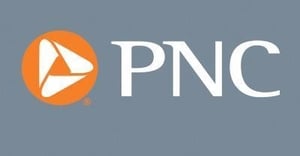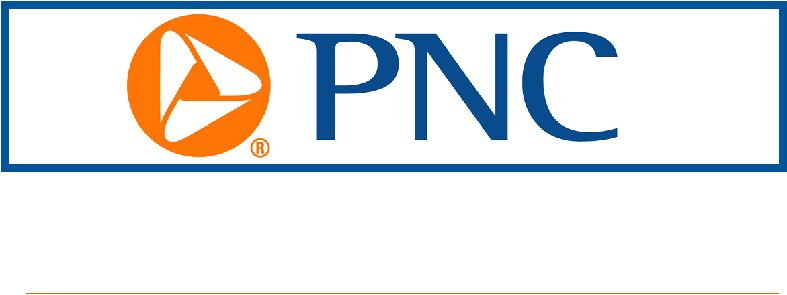 (Seasonally Adjusted); Core PPI Also Up 0.2%
(Seasonally Adjusted); Core PPI Also Up 0.2%
- Topline PPI gained 0.2% on a seasonally adjusted basis in March 2024.
- Core PPI, less Food & Energy, eased to a +0.2% gain for March 2024.
- Services PPI remained the primary driver of supply-side price pressure in the U.S. economy, up by 0.3% for March 2024.
- Producers’ Energy prices fell by 1.6% in March 2024 versus the month prior
Producer Price Index (PPI) inflation rose by 0.2% in March 2024, representing a third consecutive month of gains after falling throughout the final quarter of last year. Core PPI inflation, which excludes volatile costs for food and energy prices, was also up by 0.2%. Goods prices gave back some of February’s sharp gain, while Services prices continued to march higher.
Prices in Final Demand for Goods producers retreated into negative territory in March 2024, posting a decline of 0.1% for the month. After February’s spike of +1.2%, however, Goods prices are now up by 0.9% for versus March 2023. While that gain is now worrisome in and of itself, it does represent a turnaround from most of the second half of 2023 when prices were down by 1%. Businesses in the U.S. economy’s Services sectors have seen much more consistent cost pressures over the past year. March 2024 saw another 0.3% gain in Services PPI versus the month prior – translating to a 3.4% annualized pace – and the Services category has seen price growth accelerate in the three months to start this year after trending all the way to a sub-2% annualized pace from September through December 2023. Producer prices are not yet flashing red, but with oil prices on the rise and still strong wage growth across the U.S. economy, concern is warranted regarding the potential for business costs passing through to consumers by way of higher prices.
Energy PPI declined by 1.6% in March 2024 after a sharp monthly gain in February (+4.1%). The combined February and March volatility aligned overall energy price trends for producers with a steady pace of gain after falling through the second half of last year. Oil prices have risen, and geopolitical tensions in the Middle East look to keep that upward pressure on through the months to come. Higher energy costs for producers inevitably mean higher consumer prices by way of direct production costs as well as transportation of goods to market. These upstream price and cost pressures add more complexity to the Federal Reserve’s challenge of re-establishing an average 2% pace of consumer price inflation through monetary policy. Current producer price pressures will work their way to consumer prices only over a period of months. So even if consumer demand were to find ease – which is by no means itself assured – the next round of supply-side inflationary pressure is now mounting and could offset that relief through the summer months.
This week’s CPI report suggested that inflation has stalled in its downward trajectory. Calls for as many as six (6) interest rate cuts by the Fed have backtracked to at most three (3), and markets now appear to be coalescing around only two (2) 25 basis point cuts by year-end. PPI inflation’s trend reversal from essentially flat through much of 2023 to a more than 4% annualized pace through the first quarter of this year provides the forward-looking evidence to support this recognition of a hawkish outlook from the Fed, as the goal is not only reaching 2% inflation, but maintaining that pace. With a new wave of producer costs now set to pass through to consumers, the battle to achieve price stability looks likely to drag on longer than had been expected in the closing months of last year.
The PNC Financial Services Group, Inc. is one of the largest diversified financial services institutions in the United States, organized around its customers and communities for strong relationships and local delivery of retail and business banking including a full range of lending products; specialized services for corporations and government entities, including corporate banking, real estate finance, and asset-based lending; wealth management and asset management. For information about PNC, visit www.pnc.com.














